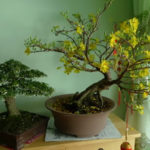The Tabernaemontana divaricate, more commonly known as the Indian Olive, is an exquisite and graceful ornamental plant that has captivated the hearts of many gardening enthusiasts. Let’s delve into the fascinating details about this plant and explore why it has become a favorite among gardeners and nature lovers alike.
1 Unveiling the Indian Olive
The Origins and Significance
The Indian Olive, also affectionately referred to as the Puzzle Tree, Indian Jasmine, or Fragrant Tabernaemontana, bears the scientific name Tabernaemontana divaricate. It belongs to the Apocynaceae family and is native to India, although it can be found across Southeast Asia and other parts of the Asian continent. In Vietnam, it is a popular choice for cultivation and can be seen adorning gardens and landscapes throughout the country.
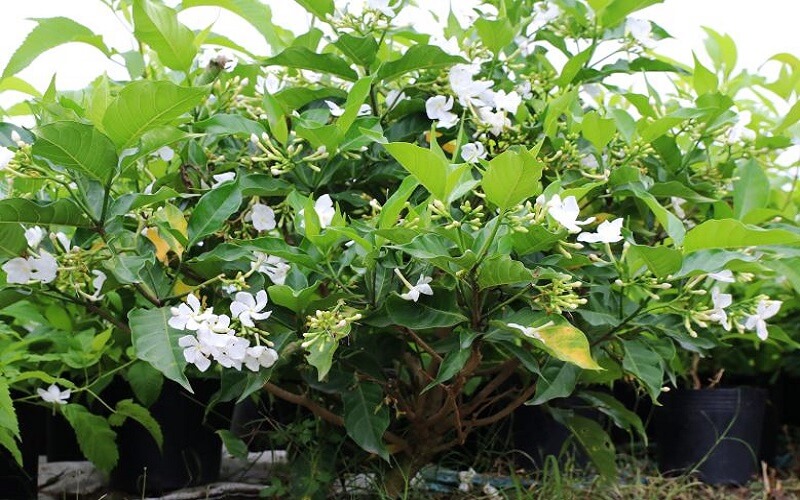 The Indian Olive, a native plant of India, can be found across Southeast Asia.
The Indian Olive, a native plant of India, can be found across Southeast Asia.
Characteristics and Classification
The Indian Olive is a modest shrub that typically reaches a height of 20 to 30 cm, with some maturing up to 3 to 4 meters tall. Its leaves are elongated and pointed at both ends, boasting a deep green, glossy sheen and a striking white hue along the edges. This contrast creates a visually appealing and elegant look.
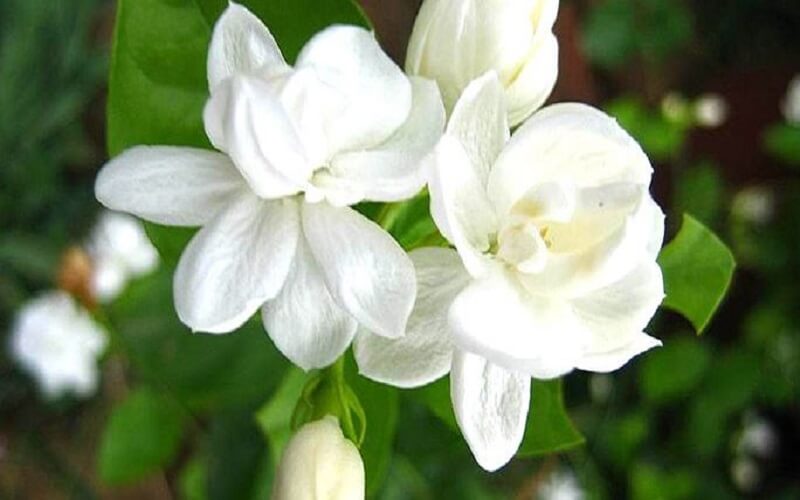 The Indian Olive’s flowers are a sight to behold, with their pure white color and delicate fragrance.
The Indian Olive’s flowers are a sight to behold, with their pure white color and delicate fragrance.
The flowers of the Indian Olive are a true highlight, boasting a pristine white color and exuding a subtle, yet pleasant fragrance. These blooms form small, cymose inflorescences, and they come in two varieties: single and double. The single flowers arrange themselves in a captivating pinwheel pattern when in bloom, while the double flowers showcase multiple layers of delicate petals. Adding to the allure, the fruits of the Indian Olive are spherical and black, providing a beautiful contrast to the white flowers and green foliage.
2 The Many Benefits of the Indian Olive
Health and Wellness
Beyond its undeniable aesthetic appeal, the Indian Olive boasts a range of health benefits that contribute to its popularity. It possesses air-purifying properties, helping to eliminate pollutants and maintain a fresh and fragrant environment. The delicate scent of its flowers is known to induce a sense of calm and relaxation, making it ideal for creating peaceful spaces.
Furthermore, the Indian Olive is recognized as a valuable medicinal plant with a wide range of traditional uses. It is effective in treating various skin ailments, including scabies, as well as addressing dog bite poisoning, worm infections, abscesses, toothaches, and eye infections. The bark of the plant is particularly noteworthy, as it exhibits antibacterial and insecticidal properties. It can be used as a tonic to invigorate both the mind and body, promoting overall wellness.
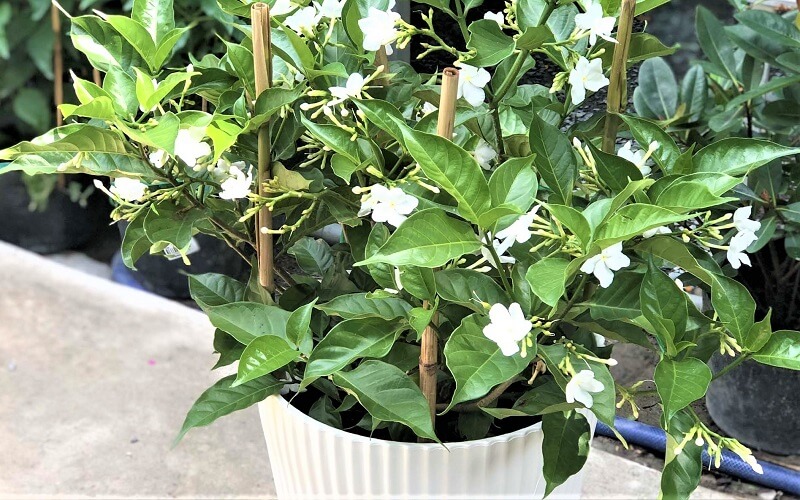 The Indian Olive offers a range of health benefits, from air purification to medicinal uses.
The Indian Olive offers a range of health benefits, from air purification to medicinal uses.
Aesthetic and Symbolic Benefits
The Indian Olive is a favorite among gardeners and landscape designers due to its versatility and visual appeal. It is commonly used for ornamental purposes, creating beautiful bonsai trees, and enhancing the beauty of urban environments. With its year-round blooming cycle, the Indian Olive showcases a stunning contrast of pure white flowers against vibrant green foliage, making it a gorgeous addition to any garden or indoor space.
Additionally, the Indian Olive carries symbolic significance. It is often regarded as a symbol of love and the graceful elegance of a woman. In Spanish culture, it also represents hope and divinity. As such, it is a popular choice for gifts, expressing affection and appreciation.
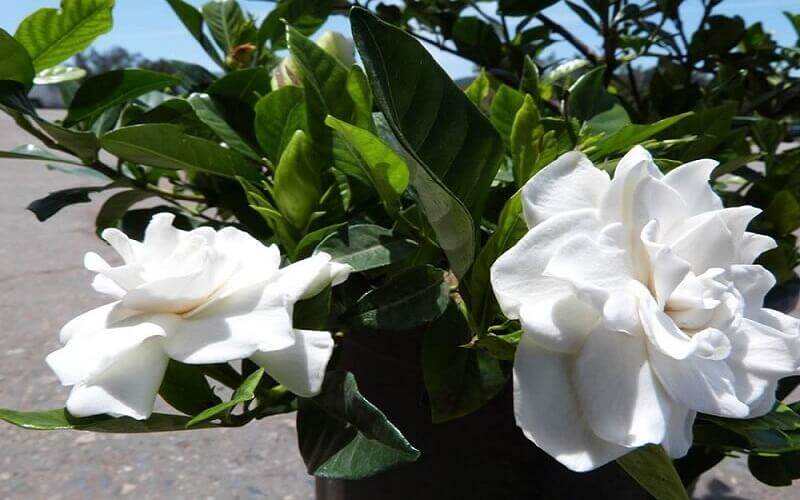 The Indian Olive symbolizes love, grace, and elegance, making it a popular gift choice.
The Indian Olive symbolizes love, grace, and elegance, making it a popular gift choice.
3 Nurturing the Indian Olive: Propagation and Care
Propagation Methods
The Indian Olive can be successfully propagated through seed germination or stem cutting, with the latter typically offering a higher success rate. The ideal time to propagate through stem cutting is during spring or autumn, when the plant is most receptive to new growth. Here’s a step-by-step guide to propagating the Indian Olive through this method:
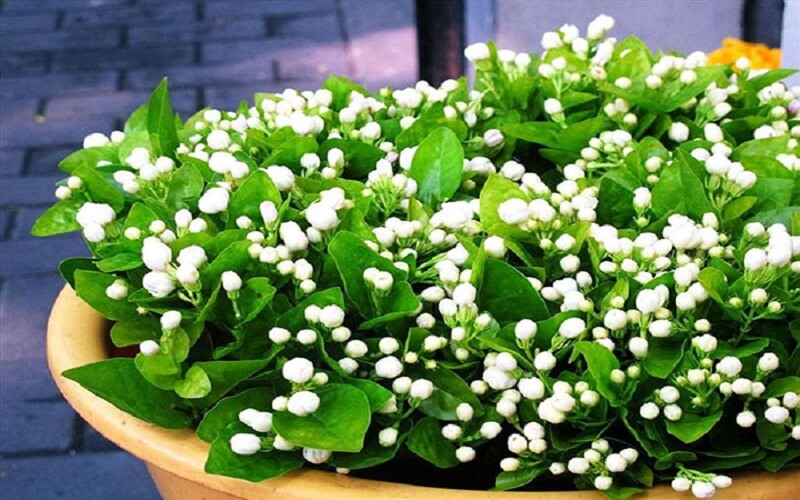 Propagation through stem cutting or seed germination ensures the growth of healthy Indian Olive plants.
Propagation through stem cutting or seed germination ensures the growth of healthy Indian Olive plants.
Alternatively, propagation through seedlings is a common and effective method for growing Indian Olives in gardens, pots, or planters. Here are the steps to follow:
Caring for Your Indian Olive
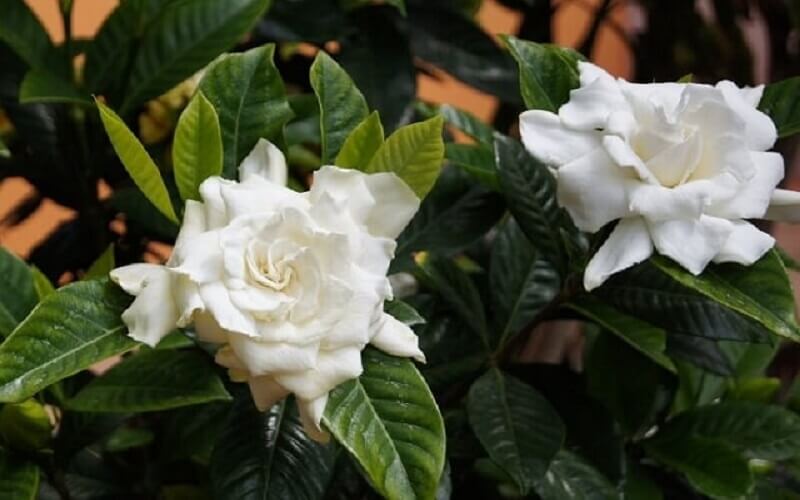 Maintaining proper soil moisture is crucial for the health of your Indian Olive.
Maintaining proper soil moisture is crucial for the health of your Indian Olive.
- Watering: The Indian Olive requires frequent watering to maintain soil moisture between 65-70%. Aim to water the plant once or twice a week, depending on the climate and soil conditions.
- Fertilizing: Apply organic fertilizer on a regular basis, approximately once every 4-5 months. After each pruning session, follow up with inorganic fertilizer to promote healthy growth, and then continue with a fortnightly schedule to maintain nutrient levels. When fertilizing, maintain a distance of 10-15 cm from the base of the plant to avoid root burn. Always water the plant after fertilizing to help it absorb the nutrients effectively.
- Pruning: Prune away old, dry, and diseased branches after each flowering cycle to encourage new growth and maintain the shape of the plant. Pruning should be done once every 3-4 months, or as needed.
- Pest and Disease Control: The Indian Olive is generally resistant to pests and diseases, which is one of its appealing characteristics. However, it’s important to monitor the plant regularly for any signs of fungal infections or aphid infestations. Take appropriate measures if any issues arise, such as removing affected leaves or treating with natural pest control solutions.
Notes on Growing Conditions
- The Indian Olive thrives in cool climates and can tolerate cold temperatures. The ideal time to plant it is from November to December or in early spring, from February to March.
- Keep in mind that the plant’s growth may slow down during the winter months, and it may struggle in temperatures above 35 degrees Celsius.
4 Capturing the Beauty: Six Stunning Images of the Indian Olive
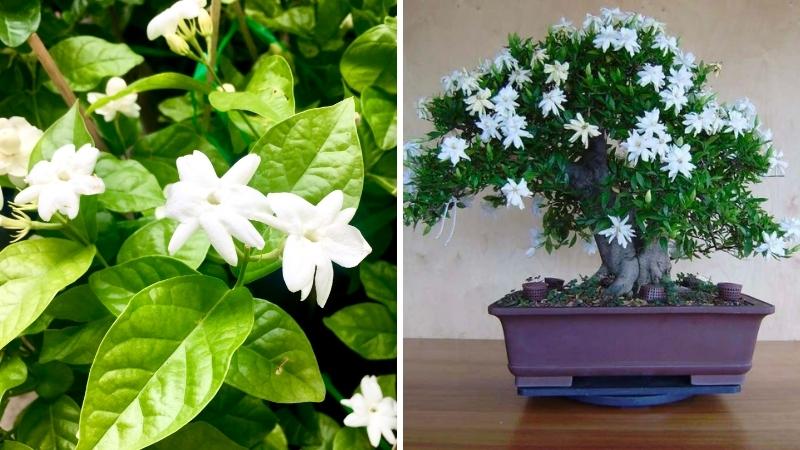 The Indian Olive adds a touch of elegance and tranquility to any indoor space.
The Indian Olive adds a touch of elegance and tranquility to any indoor space.
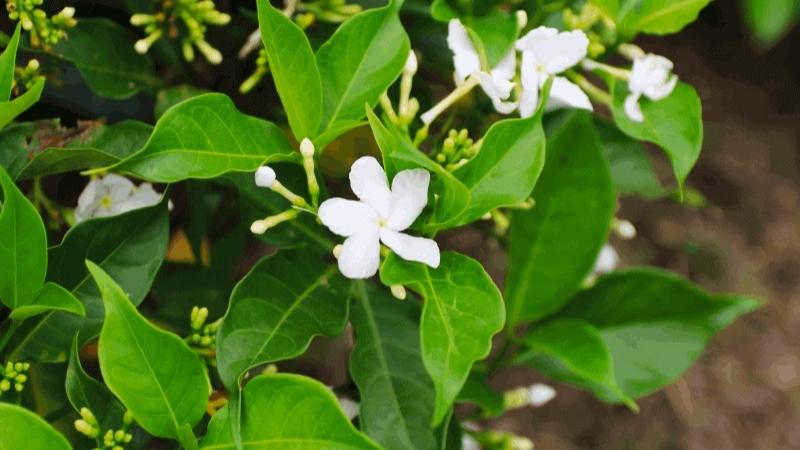 The pristine white flowers of the Indian Olive are a sight to behold, bringing a sense of peace and calm.
The pristine white flowers of the Indian Olive are a sight to behold, bringing a sense of peace and calm.
 The Indian Olive adds a natural touch to any space, enhancing its beauty and charm.
The Indian Olive adds a natural touch to any space, enhancing its beauty and charm.
 A lush display of Indian Olive flowers in full bloom, creating a breathtaking sight.
A lush display of Indian Olive flowers in full bloom, creating a breathtaking sight.
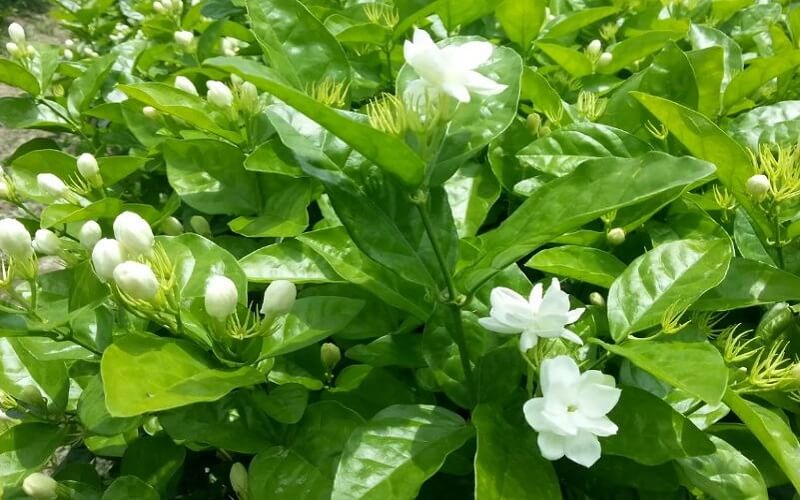 The fragrant blossoms of the Indian Olive fill the air with a refreshing and soothing scent.
The fragrant blossoms of the Indian Olive fill the air with a refreshing and soothing scent.
The Indian Olive, with its beauty, versatility, and array of benefits, is a captivating plant that has captured the hearts of many. We hope that this article has inspired you to explore the wonders of this plant and perhaps even consider adding it to your own garden or indoor space.
A Guide to Caring for Plum Blossom Trees Post-Tet for Yearly Blooms
After the Tet holiday, it’s important to give your apricot tree the attention it deserves to ensure it blossoms again next year! Caring for these trees is simple, but there are some tricks to doing it right. Follow these steps to successfully care for your apricot tree after Tet and witness its glorious bloom in the coming year!
The Magic of Rotten Tomatoes: Unveiling the Surprising Benefits of a Foul Fruit
Introducing the Power of Tomato Magic: Unveiling the Surprising Benefits of Rubbing Spoiled Tomatoes on Your Fridge
Sometimes, even the most unexpected ingredients can unlock a world of surprising benefits. Prepare to be intrigued as we explore the hidden powers of a simple tomato and how it can transform your fridge into a haven of freshness and longevity. It’s time to uncover the secrets and superpowers of this humble fruit!


























